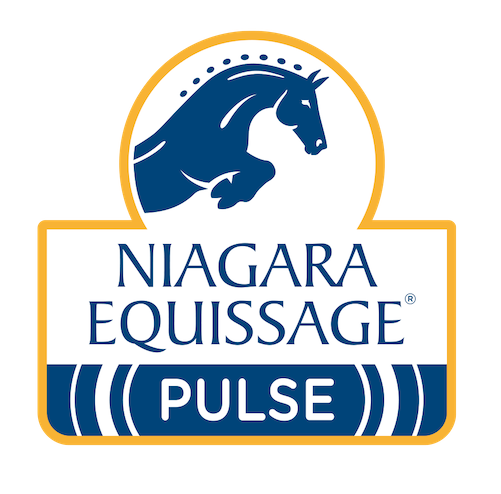Ligament / Tendon Strain
Tendons and ligaments are dense bands of fibrous tissue composed mainly of collagen. Tendons connect muscle to bone, while ligaments connect bone to bone.
The flexor tendons run down the back of the leg from the knee to the foot and their role is to flex the fetlock and the digit joints. The suspensory ligament lies at the back of the cannon bone, deeper than the flexor tendons, and stretches from the back of the knee to the sesamoid bones in the fetlock. The suspensory ligament provides support for the fetlock, preventing extreme over-extension.
Tendon strain and ligament injuries commonly occur in the lower limbs of horses, particularly amongst those that compete. Tendons and ligaments below the knee are most susceptible to injury. These include;
- The superficial digital flexor tendon
- The deep digital flexor tendon
- The accessory ligaments
- The suspensory ligament.
Tendon strain injuries usually result from excessive loading and overstretching, but may also be due to a direct blow to the tendon area.
Symptoms of tendon strain and ligament injuries
- Swelling
- Pain
- Heat
- Lameness
Can Niagara Equissage help with ligament and tendon strain on horses?
Most definitely.
Niagara Equissage is a proven therapeutic tool to aid in the healing of tendon strain and ligament injuries, which is why it is present in the yards of so many racehorse trainers, event, dressage and show-jumping riders.
The deep circulatory massage reaches all parts of the leg resulting increasing local blood and lymphatic circulation, thus reducing inflammation (swelling), easing tired and stretched muscles and aiding mobility of affected joints. Also, the same massaging effect actually tones (and so strengthens) fibres.
Application
For tendon strain and ligament injuries, use the Leg Boot on the outside of the affected leg (with the rubber cap against the joint if this is the target area). Turn on for a couple of minutes on a low speed and then turn up to at least a medium speed for 5-10 minutes. Ideally treat twice daily until the condition has healed.
Point to Note: The Niagara Equissage Back Pad should also be used as part of the warming up and warming down routines particularly with horses that are more prone to leg problems. This is so that muscles and ligaments are warmed through prior to exercise and then properly relaxed prior to the horse being stabled or turned out.

Testimonials
See All- “We us the Niagara Equissage on our horses everyday, whether at home or at a show. It really helps to loosen up our stiff horses and relax their muscles before training and competition. We love it.”
- “Niagara Equissage is an essential piece of equipment we couldn’t do without. All our horses benefit from regular treatment.”
- International 3 Day Event Rider
The Brandes Formula really helps to keep my horses feeling 100% on long journeys, and I have also noticed a big improvement in their stamina and focus when I have given it to them before the cross country phase. The AfterAce has improved the freedom of movement in all of my horses this year, and has really aided in their recovery from the stresses of eventing - both products are an important part of competition and daily maintenance for my horses.

